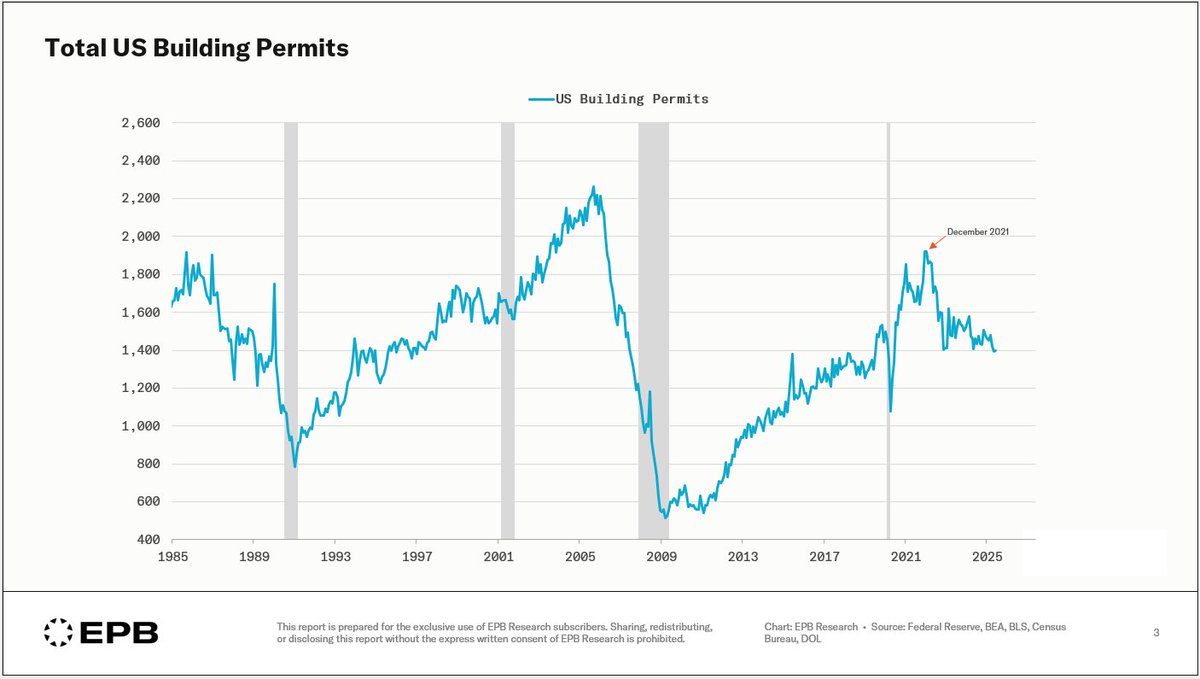Some thoughts on growth and inflation
Long-term, structural forces remain in play. Weaker rate of trend growth, more disinflation, and a fall in productivity will come as a result of an unproductive debt overhang
In the short-term, however, we have a pent-up demand rebound
1/n
Long-term, structural forces remain in play. Weaker rate of trend growth, more disinflation, and a fall in productivity will come as a result of an unproductive debt overhang
In the short-term, however, we have a pent-up demand rebound
1/n
We can see the rebound clearly in the growth rate of commodities, particularly metals used for industrial processes.
The growth rate in the CRB Metals index has risen to the highest level since 2018 and this is the biggest rebound in growth since the 2016 upturn.
The growth rate in the CRB Metals index has risen to the highest level since 2018 and this is the biggest rebound in growth since the 2016 upturn.

Inflation expectations have risen accordingly to the increase in broad baskets of commodities.
Does this growth upturn have legs, or is it more related to a weaker dollar and lower real rates?
3/n
Does this growth upturn have legs, or is it more related to a weaker dollar and lower real rates?
3/n

Industrial commodities are rallying strongly, but not relative to the price of gold.
The growth rate in the CRB METL index vs. gold did bottom in April but hasn't shown a meaningful rise as it did before the 2016 upturn.
4/n
The growth rate in the CRB METL index vs. gold did bottom in April but hasn't shown a meaningful rise as it did before the 2016 upturn.
4/n

A falling dollar and falling real interest rates will generally boost all commodities. (all else equal).
A strong industrial upturn would generally see metals such as copper perform better than gold which is influenced mainly by the $ and real rates.
6/n
A strong industrial upturn would generally see metals such as copper perform better than gold which is influenced mainly by the $ and real rates.
6/n

There is definitely a pent-up demand rebound underway. Consumption shifted from services to durable goods during the lockdown which depleted inventories and sparked a restocking rebound in industrials. Commodity supply chains were strained and prices jumped, but so did gold.
7/n
7/n

A confirming factor to see is metals starting to rise faster vs gold. That means the rise in commodities is more about growth vs real rates
A directional upturn in growth? Yes. How long and how strong remains to be seen. Pent-up demand rebound from lockdown is to be expected
8/8
A directional upturn in growth? Yes. How long and how strong remains to be seen. Pent-up demand rebound from lockdown is to be expected
8/8
• • •
Missing some Tweet in this thread? You can try to
force a refresh














